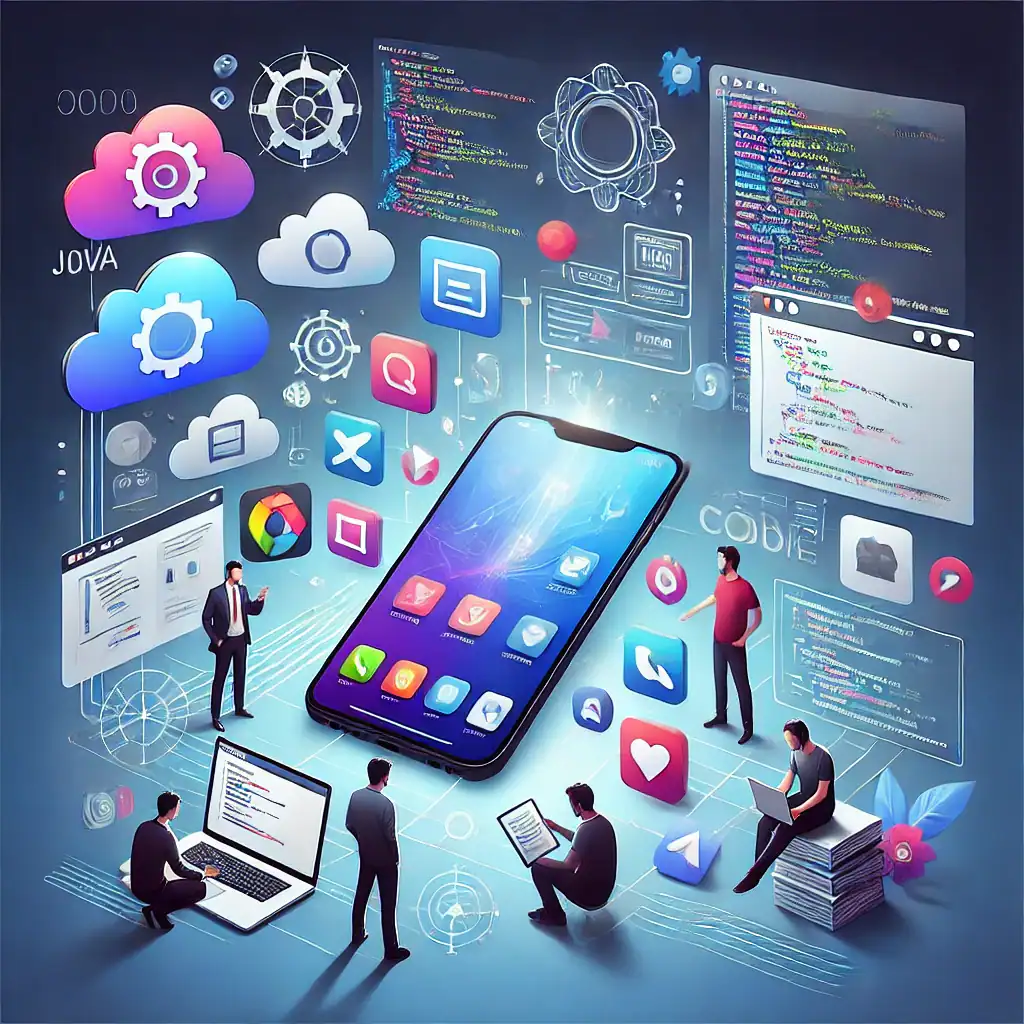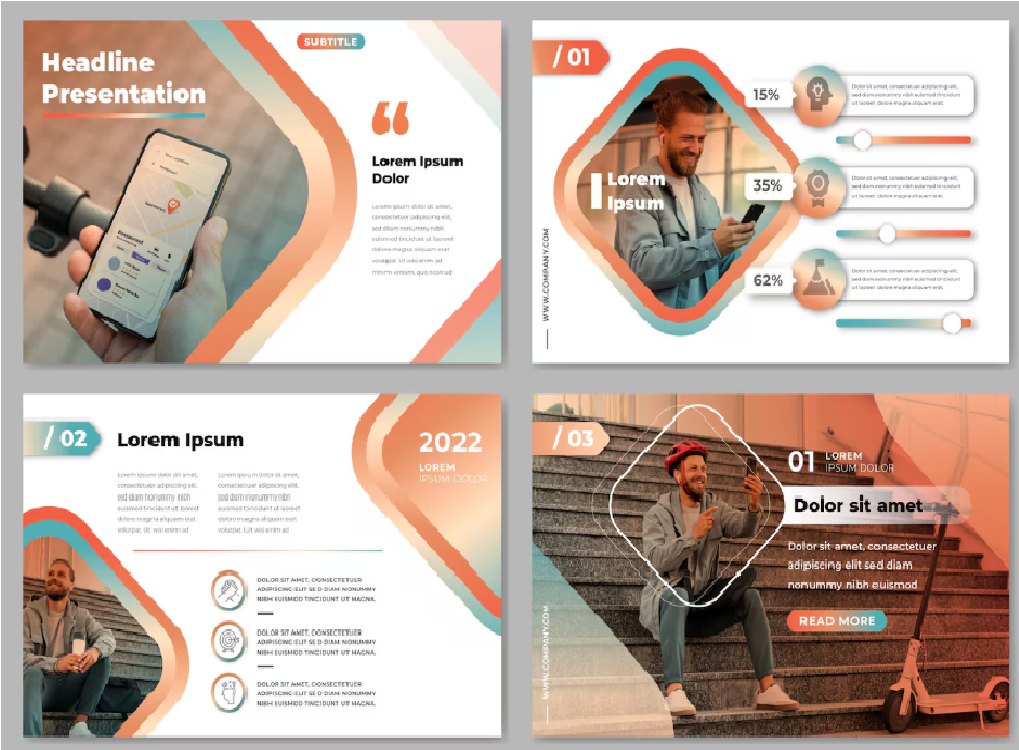In the digital-first world, mobile devices have become a central part of daily life. From shopping and banking to fitness tracking and social networking, smartphones and tablets have transformed how people connect with information, businesses, and each other.
At the heart of this transformation lies Mobile App Development, a rapidly growing industry that empowers businesses to deliver services, experiences, and convenience directly into the hands of their users. With the global app market expected to exceed $600 billion in revenue, mobile app development has become a strategic priority for businesses of all sizes.
This comprehensive guide explores what mobile app development is, its processes, benefits, challenges, trends, and future opportunities to help businesses thrive in the ever-evolving mobile landscape.
What is Mobile App Development?
Mobile app development is the process of designing, building, and maintaining software applications specifically optimized for mobile devices like smartphones and tablets.
Unlike desktop applications, mobile apps are designed for:
-
Touch-based navigation
-
Limited processing power
-
Smaller screens and varying resolutions
These apps are commonly distributed via digital marketplaces:
-
Google Play Store for Android
-
Apple App Store for iOS
A successful mobile app delivers functionality, usability, and an engaging user experience while meeting business objectives and user needs.
Importance of Mobile App Development for Businesses
Mobile apps are not just a trend—they are a necessity in today’s competitive digital market. Here’s why mobile app development is crucial for business success:
-
Enhanced Customer Engagement
-
Apps provide direct communication channels through push notifications and in-app messages.
-
Businesses can promote offers, collect feedback, and nurture loyalty.
-
-
Stronger Brand Presence
-
A dedicated app keeps the brand visible on the user’s device.
-
Regular interactions help strengthen customer trust.
-
-
Revenue Opportunities
-
Apps support in-app purchases, ads, subscriptions, and e-commerce.
-
Companies like Amazon and Spotify earn a significant share of revenue from their apps.
-
-
Competitive Advantage
-
Offering a fast, mobile-first experience helps businesses outperform competitors.
-
-
Data-Driven Insights
-
Apps collect valuable analytics on user behavior and preferences.
-
This data powers better marketing and product decisions.
Types of Mobile Applications
Understanding app types helps businesses choose the right approach for development.
1. Native Apps
-
Built for a specific platform (Android or iOS).
-
Offer high performance, smooth animations, and full access to device features.
-
Drawback: Requires separate codebases for each platform.
-
Example: Instagram, WhatsApp.
-
-
2. Hybrid Apps
-
Mix of native and web technologies (HTML, CSS, JavaScript).
-
Use frameworks like Ionic and React Native.
-
Pros: Single codebase for multiple platforms.
-
Cons: Slightly lower performance than native.
-
Example: Uber, Gmail.
3. Progressive Web Apps (PWAs)
-
Web applications that function like native apps.
-
Can be accessed directly via a browser without installation.
-
Lightweight and cost-effective for small businesses.
-
Example: Twitter Lite, Pinterest PWA.
4. Cross-Platform Apps
-
Built using frameworks like Flutter, Xamarin, or React Native.
-
Single codebase works across Android and iOS, reducing time and cost.
-
Trade-off: Limited access to some advanced hardware features.
Mobile App Development Process
The app development lifecycle involves strategic planning and precise execution:
1. Ideation and Market Research
-
Define the problem your app solves.
-
Identify target audience and competitor apps.
-
Validate demand and potential revenue streams.
2. Planning and Wireframing
-
Create feature lists and app flowcharts.
-
Develop wireframes and prototypes for a visual representation.
-
Decide on platforms, technology stack, and budget.
3. UI/UX Design
-
Focus on clean, intuitive, and responsive design.
-
Follow platform-specific guidelines for Apple and Google.
-
Prioritize user experience to improve retention.
4. Development
-
Front-End Development: What users interact with (interface).
-
Back-End Development: Server, database, APIs, and business logic.
-
Agile and modular development ensures faster iterations and updates.
5. Testing and Quality Assurance
-
Functional Testing: Ensures features work as intended.
-
Performance Testing: Checks speed and responsiveness.
-
Security Testing: Protects against data leaks and breaches.
-
Cross-Device Testing: Confirms compatibility on different devices.
6. Deployment
-
Publish the app on Google Play Store and Apple App Store.
-
Follow app store guidelines for approvals.
-
Prepare launch marketing campaigns for maximum reach.
7. Post-Launch Maintenance
-
Release regular updates and bug fixes.
-
Introduce new features based on user feedback.
-
Monitor analytics to improve engagement and retention.
Benefits of Mobile App Development
Developing a mobile app can revolutionize business operations and user engagement:
-
Improved Accessibility – Users can access services anytime, anywhere.
-
Higher Conversion Rates – Apps drive more sales and interactions than mobile websites.
-
Personalized Experiences – Apps use AI and analytics to deliver custom recommendations.
-
Brand Loyalty and Retention – Engaging apps keep users coming back.
-
Enhanced Customer Support – Live chat and self-service features improve satisfaction.
Challenges in Mobile App Development
Despite its benefits, mobile app development comes with several hurdles:
-
Device Fragmentation – Supporting different screen sizes and OS versions.
-
High Market Competition – Millions of apps compete for user attention.
-
Data Security Concerns – Protecting user privacy and transactions.
-
Maintenance Costs – Continuous updates require ongoing investment.
-
User Retention – Many users uninstall apps within weeks if engagement is low.
D
Emerging Trends in Mobile App Development
Staying ahead of the curve is essential for long-term app success:
-
5G-Enabled Apps – Unlock faster, richer user experiences.
-
AI and Machine Learning – Enable predictive analytics and personalization.
-
AR and VR Integration – Enhance gaming, retail, and virtual training apps.
-
Blockchain in Apps – Improves security and transaction transparency.
-
IoT and Wearables – Enable connected smart devices and health tracking.
-
Voice Technology and Chatbots – Make apps more interactive and accessible.
-
Low-Code/No-Code Platforms – Speed up development for small businesses.
Future of Mobile App Development
The future of Mobile App Development will be shaped by:
-
AI-powered personalization for ultra-custom experiences.
-
Immersive AR/VR apps in education, real estate, and retail.
-
Cloud-based apps that offer scalability and flexibility.
-
Integration with emerging devices, including wearables and smart home gadgets.
Businesses that embrace innovation will be able to capture user attention and lead their markets.
Conclusion
Mobile app development has become an essential pillar of digital transformation. A well-planned, user-friendly, and secure app enhances brand visibility, boosts engagement, and drives revenue growth.
By following a strategic development process, leveraging latest technologies, and maintaining regular updates, businesses can stay ahead in the competitive app market.
As mobile technology continues to evolve with 5G, AI, AR/VR, and IoT, companies that invest in mobile app innovation will be the ones to shape the future of digital interactions.
Visit Our website:
https://bpo247.com.au


